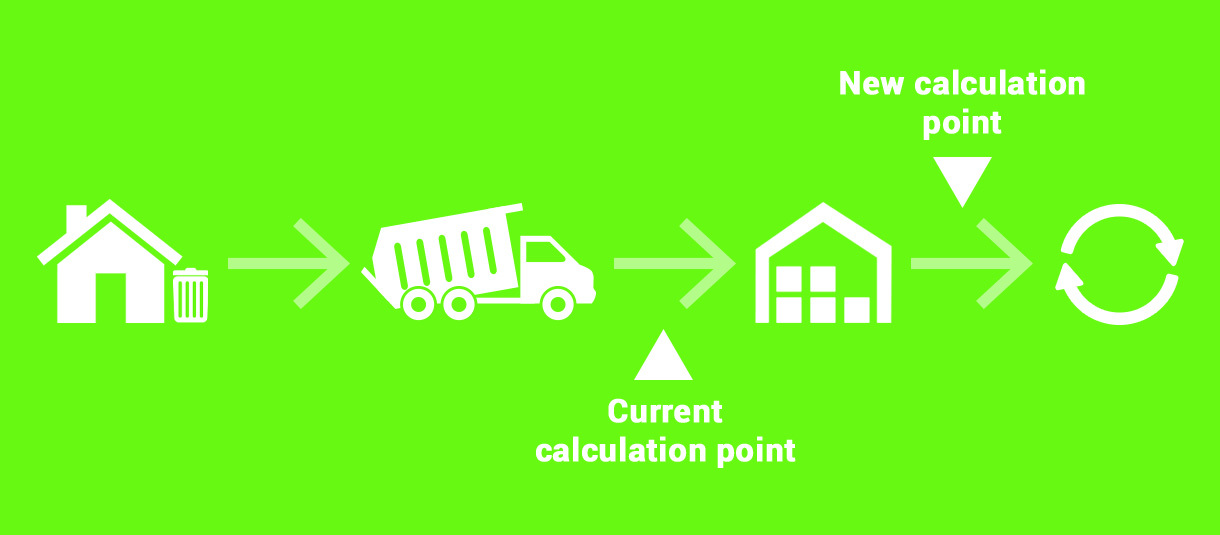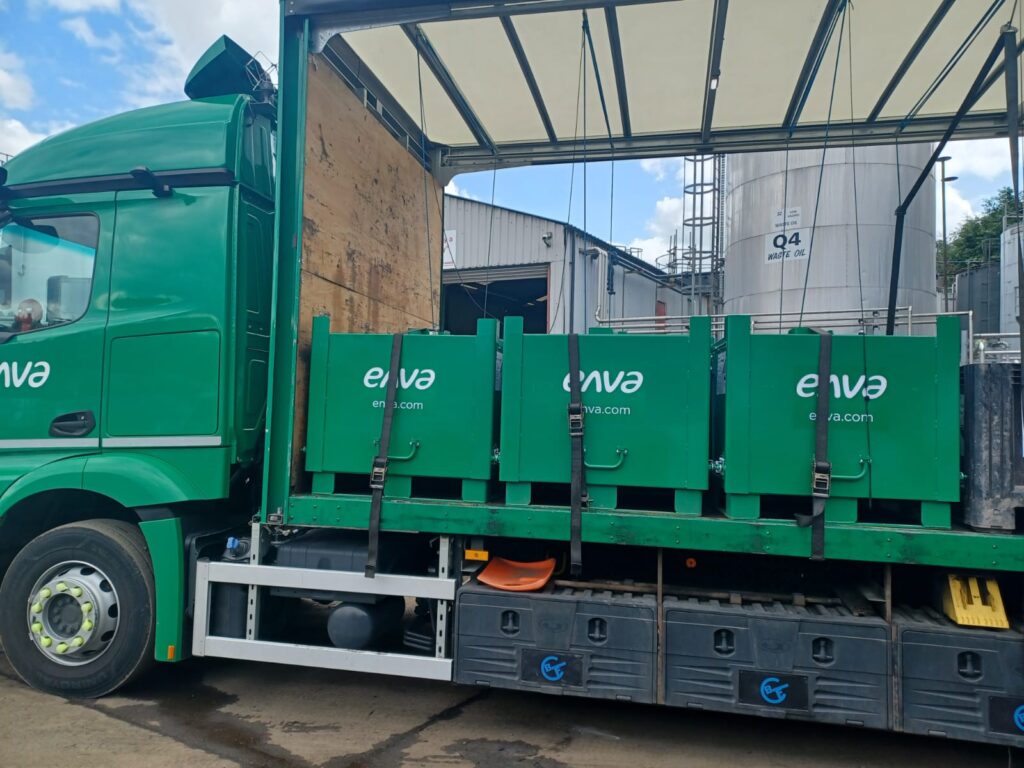This has been put down to the fact that the rate will be measured ‘further down the line’ when recycling enters the recycling operation, rather than when it is ‘sent for recycling’, as is the case in the UK.
The proposals, released in the summer, looked to “lay down rules for the calculation, verification and reporting of data on waste”.

The full impact of the proposals is not likely to be felt until next year, when the regulations come into place. The new calculations will be used for assessing whether Member States and potentially the UK under a Brexit agreement, meet the recycling targets set for 2025, 2030 and 2035.
Drop
Speaking with letsrecycle.com, Jakob Rindegren, recycling policy adviser at the Environmental Services Association, warned that the rate is likely to drop but urged more work on how the recycling would be impacted by the assessment of what happens to recyclables sent overseas for reprocessing.
“It is quite likely that the new calculation method, assuming it will be adopted in the UK, will have an impact on our recycling rate. Currently, reporting for the waste from households target should deduct contamination rejected at the gate of the reprocessor, although it’s far from clear whether that is always the case,” he explained.
Mr Rindegren added: “With a new calculation point further down the recycling process the recycling rate is likely to drop. It’s important to note that the new recycling targets are also based on municipal waste, not waste from households. Another key question on the calculation method is how to apply this to waste exports and using the output of sorting as the calculation point.”
Further guidance from the EU on average loss rates is expected soon.
Definition
The 35-page European Commission document, which was published on EUR-Lex, explains that the recycling rate of municipal waste shall be calculated from the “output of a facility that sends municipal waste for recycling”.
Calculation points applicable to certain waste materials and certain recycling operations are highlighted below (but are subject to various clauses in the legislation).
IBA
Another aspect of the definition which could impact recycling rates across the continent is the changes to how incinerator bottom ash (IBA) counts towards recycling rates.
Currently, the ash and metals recycled after the energy from waste process are included, with some high performing member states such as Germany the biggest users of it – Wales was also an early adopter of IBA recycling as recycling among UK nations.
However, the latest definition says that when materials enter energy recovery, the output, such as the mineral fraction of incineration bottom ash or clinker resulting from co-incineration, “shall not be included in the amount of municipal waste recycled, with the exception of metals separated and recycled after incineration of municipal waste.”
“Metals incorporated in the mineral output of the co-incineration process of municipal waste shall not be reported as recycled.”
Commenting on this, Alban Foster, infrastructure sector leader for Europe at SLR recycling, said this isn’t consistent with other aspects of the regulation.
“There seems to be no clear rationale for IBA metals being included in the recycling definition and IBAA [Incinerator Bottom Ash Aggregate] not. There doesn’t seem to be logic there, and sounds like pure politics is at play.
“If you take a view that for IBAA a material change in the nature of the material has occurred, but applying the same logic to chemical recycling or Anaerobic Digestion you are materially changing that, and that still counts towards recycling?
“I can’t see a consistency of approach that has been applied.”
Calculation
How recycling rates are calculated has been controversial across Europe, as some say the system in place allows member states a lot of variation and thus comparisons can be misleading.
This is because Member States can measure any one of four different things – recycling rates for all municipal waste, or for all household waste (the UK method), or for paper metal plastic and glass in household waste.
Also, they often use different measurement points – either the input to sorting stage, the output of sorting stage, or the input to recycling facilities. The latest definition aims to have one process so rates are more comparable.









Subscribe for free